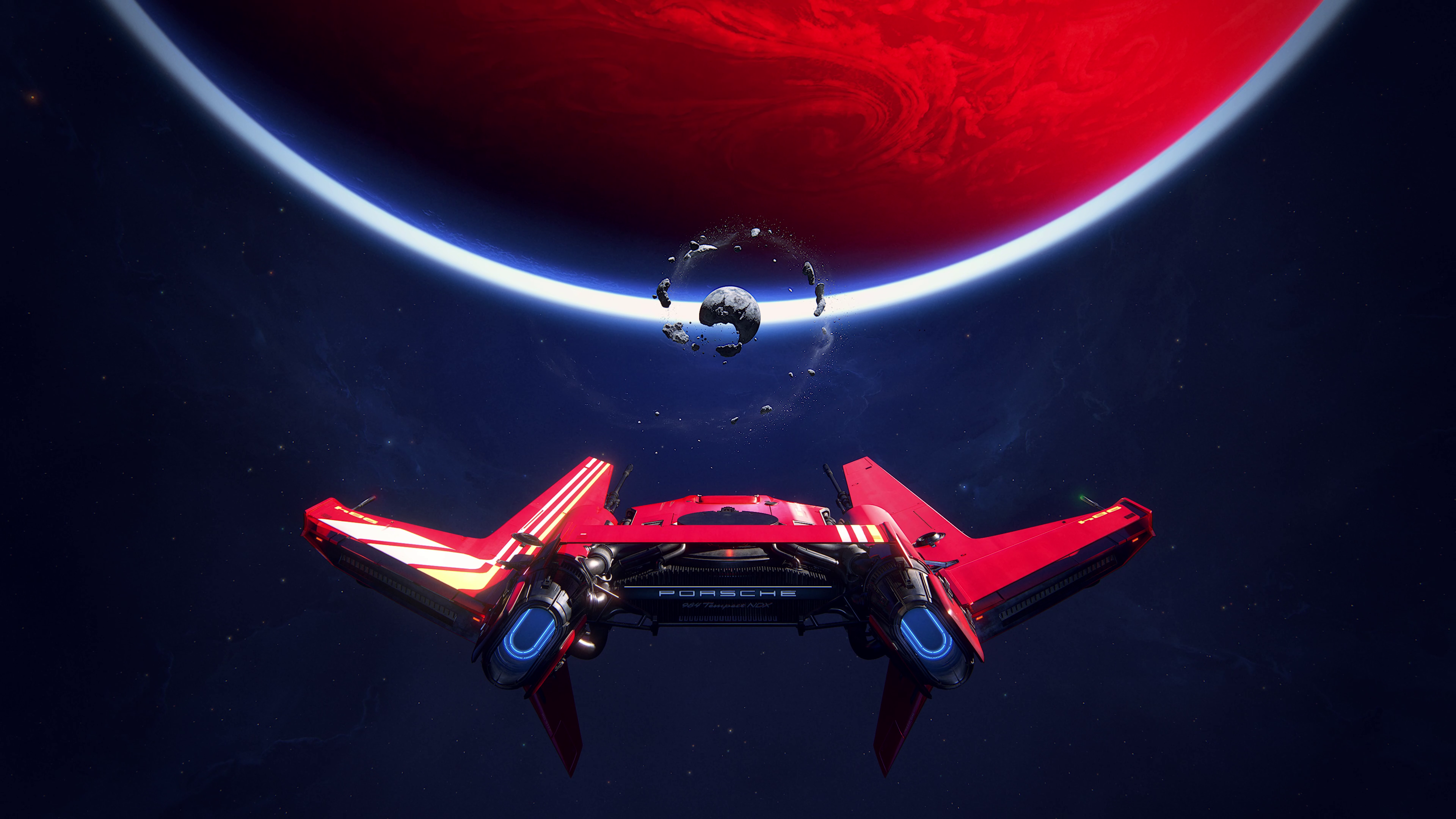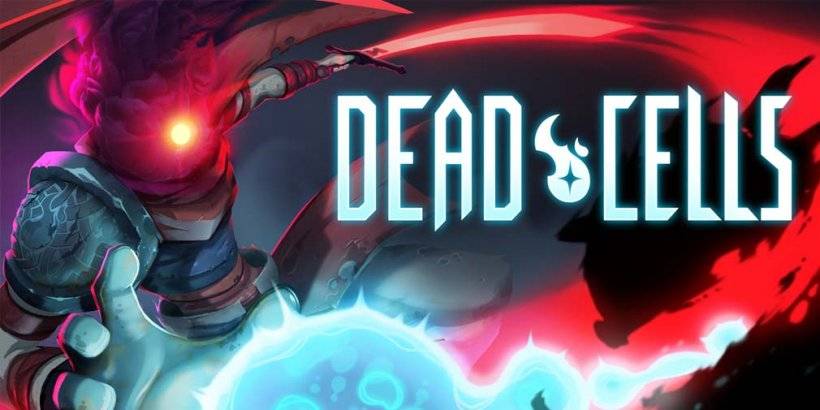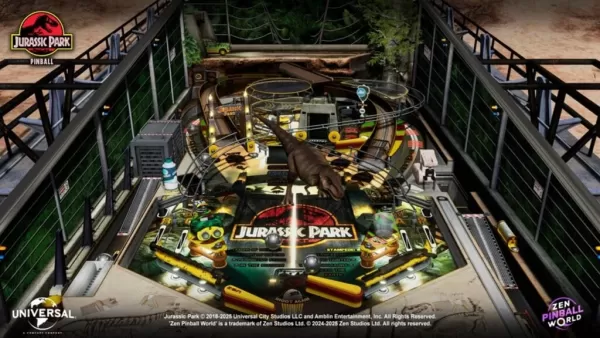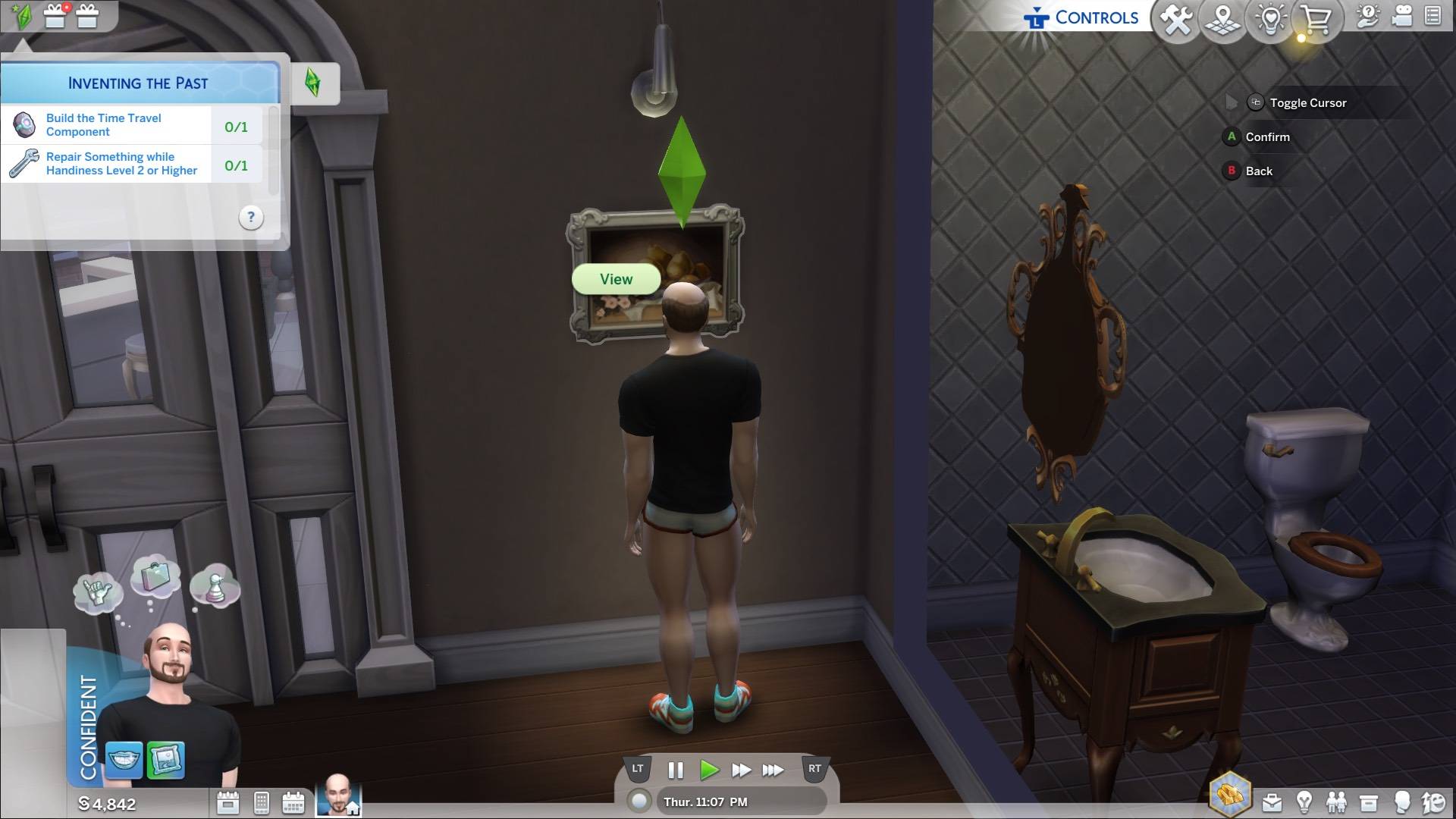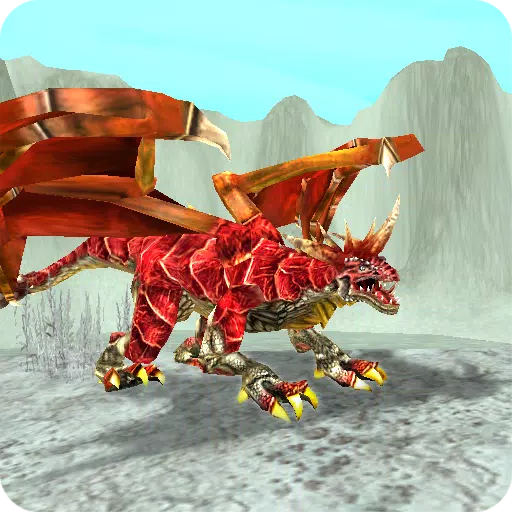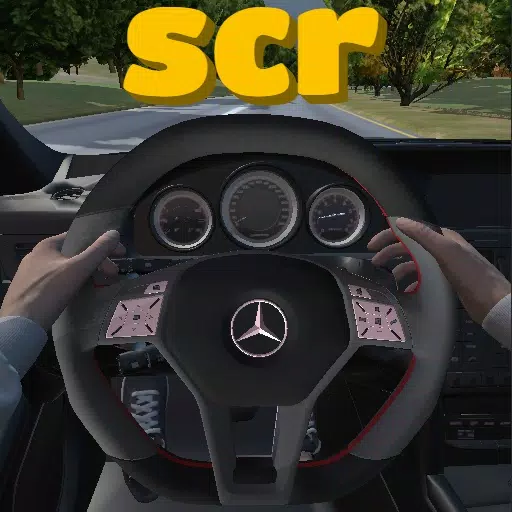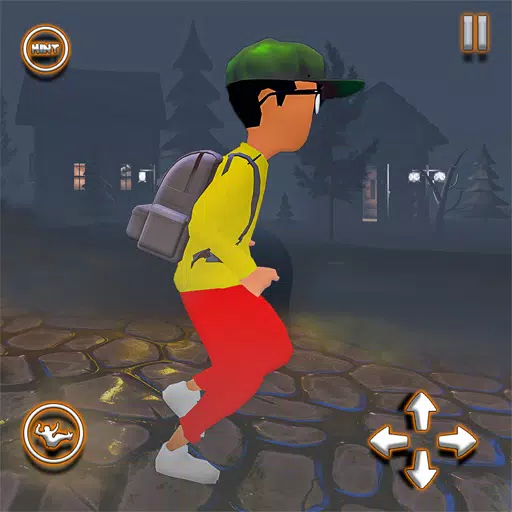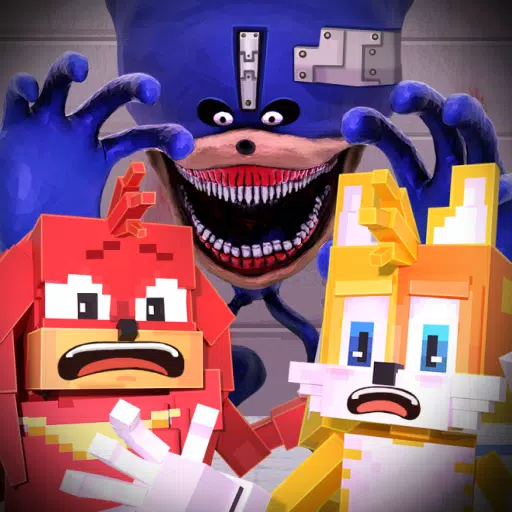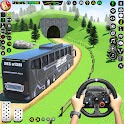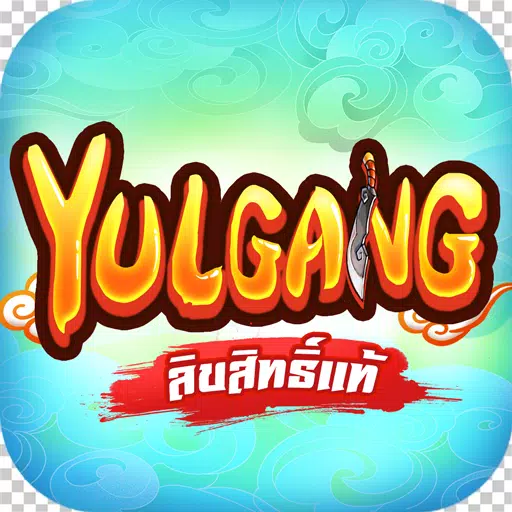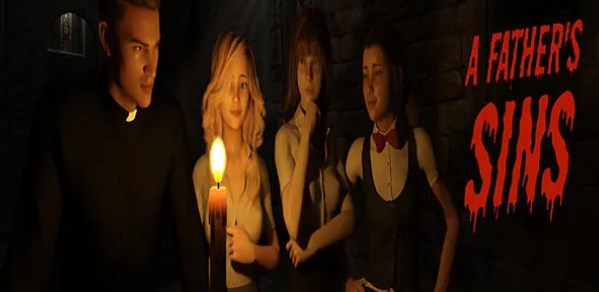"It would be very easy to make a bad film of Dune…" –Ridley Scott, South Bend Tribune, 1979
This week marks the 40th anniversary of David Lynch's Dune. Initially a $40 million box office disappointment upon its release, it has since cultivated a dedicated cult following over the past four decades, particularly when compared to Denis Villeneuve's recent two-part adaptation of Frank Herbert's iconic novel. David Lynch, known for his unconventional style, was announced to direct Dune for mega-producer Dino De Laurentiis in May 1981, shortly after Ridley Scott, acclaimed for Blade Runner and Gladiator, exited the project.
Until recently, little was known about the version of Dune that Ridley Scott developed for De Laurentiis before Lynch took over. However, thanks to the efforts of T.D. Nguyen, a 133-page October 1980 draft of Scott's abandoned Dune film, penned by Rudy Wurlitzer (known for Two-Lane Blacktop and Walker), was discovered in the Coleman Luck archives at Wheaton College and shared with this author.
When Scott joined the project following the success of 1979's Alien, Frank Herbert had already crafted a comprehensive two-part screenplay adaptation. This script was faithful to the novel but not conducive to cinematic storytelling, as previously reported by Wired and Inverse. Scott, after reviewing Herbert's script, identified a few usable scenes but ultimately enlisted Wurlitzer for a complete rewrite in London, initiating pre-production at Pinewood Studios. Like Herbert's and later Villeneuve's versions, this was intended as the first part of a two-part series.
Rudy Wurlitzer, reflecting on his work in a 1984 interview with Prevue Magazine, described the adaptation process as challenging: "The Dune adaptation was one of the most difficult jobs I’ve ever done. It took more time to break it down into a working outline than to write the final script. I believe we kept to the spirit of the book but, in a sense, we rarefied it. We interjected a somewhat different sensibility."
Ridley Scott praised the script in a 2021 interview with Total Film: "We did a script, and the script is pretty fucking good."
The reasons for Scott's departure from Dune were multifaceted, including personal grief over his brother Frank's death, reluctance to film in Mexico as required by De Laurentiis, a budget exceeding $50 million, and the allure of the Blade Runner project with Filmways. A critical factor, as noted by Universal Pictures executive Thom Mount in the book A Masterpiece in Disarray – David Lynch's Dune by this author, was the lack of unanimous enthusiasm for Wurlitzer's script.
Was Wurlitzer's adaptation a flawed cinematic interpretation of Herbert's expansive narrative? Or was it too dark, violent, and politically charged to fit the mold of a commercial blockbuster? Our detailed analysis of the script, accompanied by expert commentary, allows readers to form their own opinions.
Despite efforts to include Rudy Wurlitzer (now 87) and Ridley Scott in this article, both declined to participate.
A Wilder Shade of Paul
The October 1980 draft of Dune opens with an impressionistic dream sequence featuring hot deserts transforming into apocalyptic armies, signaling Paul's "terrible purpose" from the outset. Ridley Scott's visual style, often likened to an 88-layer cake, is evident in descriptions like "birds and insects become a whirling hysteria of motion." This visual richness permeates the script.
 Frank Herbert's Dune (First Edition)As Scott told Total Film, “We did a very good take on Dune, because early days, I’d work very, very closely with the writer. I was always glomming the look of the film onto what he or she was writing."
Frank Herbert's Dune (First Edition)As Scott told Total Film, “We did a very good take on Dune, because early days, I’d work very, very closely with the writer. I was always glomming the look of the film onto what he or she was writing."
This dream sequence is being experienced by Paul Atreides, who awakens to the sound of rain hitting the windows of Castle Caladan. In this version, Paul is a 7-year-old with long blonde hair, about to undergo the Reverend Mother's test of "the box." His recitation of the Litany Against Fear during this ordeal is intercut with his mother Jessica's, highlighting their psychic connection. Visuals of a burning hand and flesh falling off bone appear, though these are not real.
After passing this test, young Paul uses The Voice to retrieve a sword from a guard and nearly kills a sleeping Duncan Idaho to test "a true warrior never sleeps." This portrayal of Paul is marked by a "savage innocence."
Stephen Scarlata, producer of the documentary Jodorowsky's Dune, commented, "Rudy Wurlitzer’s version of Paul is far more assertive. He actively takes charge. We even see a flash-forward of his growth spanning from age 7 to 21, where his relentless training leads him to surpass Duncan Idaho. Personally, I prefer Lynch’s depiction of Paul. There’s an added tension in believing Paul might defeat Gurney, only to realize he doesn’t. This vulnerability makes us feel more fear and concern for him, especially when Paul and Jessica are forced to escape."
This version of Paul possesses a "savage innocence." By age 21, he is a master swordsman, "handsome, charismatic, regal." Duncan, now older with white hair and a beard, exhibits humor reminiscent of Jason Momoa's portrayal.
DUNCAN
It is a teacher's duty to have his
pupil someday surpass him.
(smiling)
But, don't think you can relax. This
is just one level you have reached.
There are other, more perilous,
methods to master. But, not now.
Now we are going to get properly
drunk.
Long Live the Emperor
The narrative then shifts to a rock garden outside the castle where Jessica crosses a bridge during the daytime. This scene introduces a significant twist, as described by contemporary Hollywood screenwriter Ian Fried, who worked on Legendary's Spectral and a recent unproduced modern version of The Island of Dr. Moreau.
"I absolutely love the moment of Jessica looking out across the castle at the gardener raking white pebbles into patterns," Fried told IGN. "Then all of a sudden it starts raining and the gardener falls to his knees, prostrates himself, looks up at the sky and says, 'the Emperor is dead.' I get chills just saying that. On the other hand, that's not at all from the book. There's so much material in Dune that to be adding new stuff is probably not what most people would have wanted or would want now. That was a really, really interesting part of the script, that the catalyst for everything is the Emperor dying."
The story then moves to "the Emperor's Inner Kingdom" (not named Kaitain), surrounded by "a circle of Snow Peaks" and a "Mystic Circle" with three sets of square walls, culminating in a "shimmering haze of Golden Light." Members of the Twenty-Four Great Houses of the Imperium gather to mourn the Emperor as colorful energies oscillate above his funeral bier, preparing to transport his Holy Soul. The scene becomes more mystical as the dead Emperor speaks through an old Medium with hollowed-out eye sockets, bequeathing Duke Leto Atreides the Planet Dune/Arrakis to combat the gathering darkness in the universe.
This darkness manifests through Leto's cousin Baron Harkonnen, who, via Feyd-Rautha, invites the Duke to discuss splitting Arrakis' spice production duties. The Duke rejects this proposal. One line of dialogue stands out due to its similarity to a famous line from Lynch's *Dune*: "He who controls the spice controls the universe"…BARON
(to DR. YUEH)
Understand the position well
before you leave. Who controls
Dune controls the Spice, and
who controls the Spice controls
the Universe. Without me, your
Duke controls nothing.
Mark Bennett of DuneInfo noted, "Normally I have credited Lynch with this great line. Given that this was a De Laurentiis project script, I wonder if Lynch read it and borrowed that line, or came up with it independently?"
Flight of the Navigator
Another parallel to Lynch's version occurs during the Atreides family's departure from Caladan aboard a Guild Heighliner, where the script introduces a Navigator. This spice-mutated creature, not revealed until Dune Messiah in the books, is described as "an elongated FIGURE, vaguely humanoid with finned feet and hugely fanned, membranous hands, floating in a transparent outer container, like a loose, flexible skin; a fish in a strange sea with eyes of Total Blue." The Navigator takes a pill, falls into a coma, and plots the Heighliner's course with long musical intonations to "Engineers," reminiscent of Scott's 2012 film Prometheus.
Fried added, "I absolutely loved that they were able to show the Navigator. Even though I love the Denis Villeneuve movies, I'm really disappointed we didn't get to see his take on that. A missed opportunity."
The family arrives on Arrakis, and descriptions of the Atreides' Arakeen fortress evoke the aesthetic of Scott's 1985 fantasy Legend. The world feels medieval, with an emphasis on swords, feudal customs, and fealty. Bosch-like Dew Collectors use scythes to gather moisture in the castle gardens. This medievalization of Herbert's world aligns with Scott's concurrent development of a fantastical/dragon-filled Dark Ages "cowboy" version of Tristan and Isolde for Paramount, titled "Tristan," "The Sword," or "The Knight."
At a weather station, Liet Kynes introduces his daughter Chani to the Duke and Paul. The ecological impact of spice harvesting is emphasized through dissected native creatures, with Kynes explaining how it "ravages everything and gives nothing back." The Duke inquires about restoring balance to nature. Chani accompanies them on an Ornithopter trip through the desert, her interactions with her father minimal but telling. Their flight past the smoky chimneys of a massive factory ship echoes the hellish cityscapes of Blade Runner. As a worm attacks the ship, Kynes and Chani choose to continue on foot so the last two factory workers can escape on the Duke's 'Thopter.
This scene is intercut with house servant Shadout Mapes gifting Lady Jessica a crysknife, while Jessica hears city dwellers outside her window begging for water.
The streets of Arakeen are depicted as squalid urban "ghettos" with homeless peddlers, dilapidated vehicles, families seeking shelter from the sun, and piles of skeletons. Class disparity is starkly portrayed when dehydrated townspeople throw themselves at a plate of water thrown by a merchant, drawing inspiration from Gillo Pontecorvo’s 1966 film The Battle of Algiers.
A new action-oriented scene shows Paul and Duncan following a Harkonnen agent into a trading post, leading to a '80s-style bar fight. Duncan swings an axe like Conan the Barbarian, and Paul kills a man by poking his throat with a rigid finger.*DUNCAN picks up the axe.
DUNCAN
(looking at it)
Nasty little instrument.
Not very well balanced, but it will
have to do.With a short snap to his wrist he
throws it at BURLY MAN coming
towards him holding a long iron
bar. The axe strikes him in the
chest, splitting him in two.*
Stephen Scarlata commented, "That feels like a bar brawl you’d find in a Burt Reynolds or Walter Hill action movie. The fight scene feels out of place because it makes Paul seem too invincible too soon. His journey is about growth - learning to survive, adapt, and lead. If he’s already effortlessly beating enemies, we lose the tension/fear for his safety key to making his transformation meaningful."
This brawl is where they meet the stoic Fremen leader Stilgar, described as "A man whose smallest gesture knows no compromise." Paul and Duncan follow Stilgar to a smuggler's market, where Stilgar decapitates a lone Harkonnen surrounded by Fremen.
The script then shifts to the Bene Gesserit Jessica levitating during meditation, resembling a turn-of-the-20th-century magician. She and the Duke decide to conceive a child that night, with Jessica's dialogue making it explicit: "When you release your seed it will be like sacred oil poured into an altar fire."
Baron Wasteland
After receiving a secret message from a blinking insect, Dr. Yueh shares a moment of veiled regret with Paul before sending him to experience a night of freedom in the city. Paul follows a homeless boy into a Fremen Spice Den, inhaling blue spice vapor and experiencing visions of his unborn sister Alia intoning "Maud'Dib." He then encounters an Old Crone overseeing a pit with a red ball and a tiny snake-like sandworm, which Paul hypnotizes with mudras before dropping it into a conch shell.
After poisoning and killing Thufir over a chess game (echoing Blade Runner), the traitor Yueh deactivates the house shield, allowing five four-foot-tall Harkonnen Death Commandoes to infiltrate the castle. Paul returns from the slums to find his quarters under attack by a Hunter-Seeker, depicted as "a bat-like creature with a cobra's head." He manages to decapitate it just as Jessica enters the room.
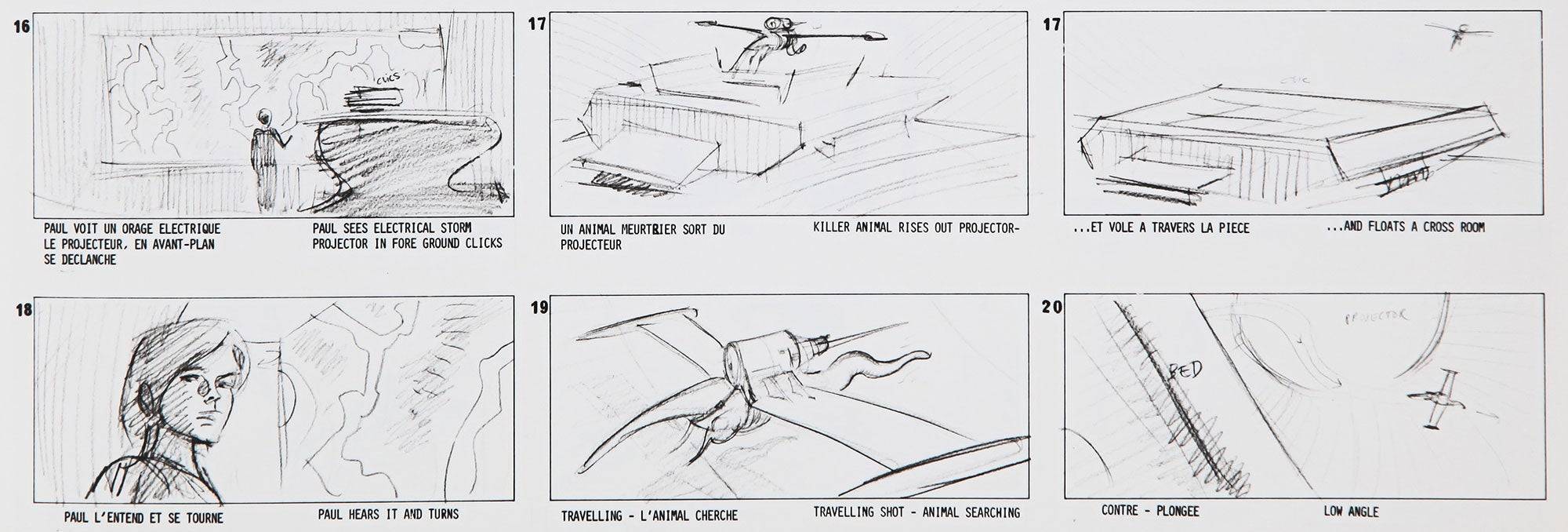 In Ridley Scott's version, the bat-like Hunter-Seeker mirrors the "flying creature with a bomb" from Alejandro Jodorowsky’s unmade Dune, as seen in storyboard art."The Hunter-Seeker scene is fascinating to me," Scarlata remarked. "Introducing a biological twist to the usual mechanical device mirrors Alejandro Jodorowsky’s unmade Dune from a few years earlier, where the Hunter-Seeker is a flying creature with a bomb strapped to its back… Paul slows his heart rate, disarms the creature, and throws the bomb out the window. Both versions experiment with an animalistic take."
In Ridley Scott's version, the bat-like Hunter-Seeker mirrors the "flying creature with a bomb" from Alejandro Jodorowsky’s unmade Dune, as seen in storyboard art."The Hunter-Seeker scene is fascinating to me," Scarlata remarked. "Introducing a biological twist to the usual mechanical device mirrors Alejandro Jodorowsky’s unmade Dune from a few years earlier, where the Hunter-Seeker is a flying creature with a bomb strapped to its back… Paul slows his heart rate, disarms the creature, and throws the bomb out the window. Both versions experiment with an animalistic take."
Duke Leto manages to decapitate several Death Commandoes before Yueh shoots him with a dart. Duncan arrives to save his poisoned Duke but is stabbed by Yueh, whom Duncan then cuts in half. Yueh's motivation is purely survival, driven by his own poisoning by the Baron. Jessica places a poison gas capsule in the dying Duke's mouth before bidding him farewell. Duncan fends off a group of deadly Sardaukar, sacrificing himself so Paul and Jessica can escape in a 'Thopter. A Harkonnen troop carrier drives over the bodies of 20 dead Atreides soldiers, the violence explicitly R-rated.
The Deep Desert Controversy
Paul and Jessica's flight into the deep desert is more intense than in previous adaptations. Paul's piloting maneuvers cause G-force ripples on their cheeks. After a wing is clipped, they crash-land, with wind-driven sand quickly filling the cabin and eroding the fuselage. After enduring a storm in a Stilltent, they don their Stillsuits, complete with hoods, mouth filters, and noseplugs, and set out to find the Fremen. Similar to Villeneuve's film, Paul confronts a massive sandworm "face-to-face," without fear.
Notably absent from this draft is the incest subplot between Paul and his mother Jessica, which was present in earlier versions and incensed both Herbert and De Laurentiis. Herbert exclaimed to The Sacramento Bee in 1982, "He wanted to do an incest movie! Can you imagine the effect that would have had on the Dune fans?"
Wurlitzer confirmed to Prevue, "In one draft I introduced some erotic scenes between Paul and his mother, Jessica. I felt there was always a latent, but very strong, Oedipal attraction between them, and I took it one note further. It went right in the middle of the film, as a supreme defiance of certain boundaries, perhaps making Paul even more heroic for having broken a forbidden code."
Although this draft omits the mother/son union, there is a moment where Paul and Jessica "lie on top of each other" as they slide down a sand dune, losing their supplies.
They eventually take refuge in an ancient cave, the entrance of which is the mouth of a giant worm carcass. Inside, surrounded by other desert animals, they await dawn. At sunrise, a group of Fremen desert warriors arrive in a giant Sandsled, led by Stilgar. Jamis challenges Paul to a death duel, which Paul accepts without hesitation. Jessica, not Chani, advises Paul on parrying and gives him the crysknife gifted by Shadout Mapes, astonishing the Fremen. She declares her son as the Lisan al-gaib, a legend Paul must now embody.
The battle is brutal and swift, taking place inside the worm carcass where Paul kills Jamis. Some Fremen take items from Jamis's body, claiming to have been "a friend of Jamis," while Paul laments, "when you kill… you pay for it." He sheds tears for his fallen foe, a scene similar to Lynch's excised theatrical cut.At night, the Fremen perform a Spice ceremony, passing a bowl around like a "peace pipe." Jessica does not inhale, but Paul does, earning the name Maud'Dib from an old-timer. Mother and son then meet with Kynes, who is aware of the Lisan al-gaib legend but supports it as a means to transform Arrakis using vast underground water caches.
Paul learns that Jamis's widow, Chani (not Harah as in the book and Lynch's film), accepts her husband's death and Paul as her new mate, along with Jessica as her new mother. Paul offers Jamis's water to Chani, who declines, so he pours it into their reservoir, "to the tribe."
In a scene reminiscent of Waterworld, the Fremen carry their possessions to a Sundancer, a giant trimaran with colored sails, to cross the great salt flats. Kynes aims to unite all Fremen tribes behind the Lisan al-gaib legend, encouraging Chani to stay close to Paul and conceal any ambivalence. Chani, though a believer, is secretly frightened of Jessica and her influence over Paul.
*PAUL
I ask for acceptance without
reservation, even for that which
you cannot understand.CHANI
As we share the same purpose, I
withhold nothing from you.*
Wurlitzer noted in 1984, "A true leader is never a clear model of Christian goodness. Many times he is ruthless, very determined, and willing to make sacrifices to serve certain ends. That doesn’t mean he has to be a consummate Machiavellian, only that certain shadings in his character make him a little dangerous, a bit abrupt. Even Christ drove the merchants out of the temple."
Ian Fried remarked, "I feel like Paul is almost a cipher. He's too much of a perfect Messiah. It's very hard to relate to him. It's not clear, based on this take on the material, that Paul's even the main character."
The story reaches its climax with a Water of Life ceremony led by a seemingly female Shaman with three breasts and male genitals, performing an erotic dance while her bald attendant with sewn-shut lips has an epileptic fit. A 10-foot-long sandworm emerges, emitting smoky vapor, and dies in a water ditch, turning the water blue - the Water of Death. Jessica, aware of the risk to her and her unborn child, drinks the Water of Life. Both her and the Reverend Mother's auras merge into dark blue, with the Mother's glowing skeleton visible as her vital fluid flows into Jessica, evoking the style of Carlos Castaneda.
Surviving the ordeal, Jessica proclaims herself the new Reverend Mother, and the Fremen accept Paul as their Messiah. Paul invites Chani to join them, despite Jessica's initial reluctance. They stand before the Fremen as a new royal family. A conversation between Paul and Stilgar hints at a feat Paul must perform to prove himself. The script concludes with Jessica, now in a black cloak, using a thumper to summon a giant sandworm, which Paul is presumed to ride. Herbert told The Vancouver Sun in June 1980 that Paul riding the worm was crucial to his vision for the film.
"That's at the heart of the book," Herbert said. "The worm is the monster, the monster that lives under the surface, in your head, the monster that lives everywhere. I want that in the movie."
Conclusions
 H.R. Giger's exceedingly phallic sandworm design.Frank Herbert's ultimate message in his Dune novels was the danger of charismatic leaders, a theme ignored by Lynch but central to Denis Villeneuve's adaptations and planned Dune Messiah. Wurlitzer's October 1980 script, whether unfinished or intended as part one of a two-parter, presents Paul in an even more unflattering light, as a confident young man accepting his destiny to become a universal dictator. Characters like Chani and Kynes are complicit in bolstering Paul's trajectory to achieve their own ends.
H.R. Giger's exceedingly phallic sandworm design.Frank Herbert's ultimate message in his Dune novels was the danger of charismatic leaders, a theme ignored by Lynch but central to Denis Villeneuve's adaptations and planned Dune Messiah. Wurlitzer's October 1980 script, whether unfinished or intended as part one of a two-parter, presents Paul in an even more unflattering light, as a confident young man accepting his destiny to become a universal dictator. Characters like Chani and Kynes are complicit in bolstering Paul's trajectory to achieve their own ends.
This script, conceived during the rise of modern science fiction films like Star Wars and Alien, may have been too ambitious for its time, attempting a revisionist R-rated sci-fi movie addressing ecological devastation and exploitation. Similar challenges were faced by Zack Snyder with his adaptation of Watchmen.
As Scott noted in the Tribune in 1979, "For years sci-fi has been treated as underground material, yet there's always been a vast and enthusiastic readership for sci-fi novels. Dune has sold 10 million copies."
The script also emphasizes visual storytelling, correcting issues in Lynch's film where key relationships and interactions were underdeveloped. The Emperor's death serves as the catalyst for the Duke's downfall, making more sense given the Emperor's minimal role in the story.
The initial draft of Lynch's Dune by Christopher De Vore and Eric Bergren ended with Paul and Jessica fleeing a burning Arrakeen castle, vowing revenge. Wurlitzer's script concludes with the Water of Life ceremony and their acceptance into the tribe, just before the book's two-year time jump. Villeneuve's first film ends with the Paul/Jamis duel, splitting the difference.
The studio's lack of enthusiasm for Wurlitzer's script, given its dark and mature tone, is understandable. Mark Bennett, who has run his Dune fan site for nearly three decades, stated, "I don't think it would have made Dune fans happy. Too many deviations from the novel and too much 'magic,' something that Herbert's novel avoids. A bit like the Lynch Messiah script, without the second half you don't know how things would have played off. I'm assuming that Part 2 would have been a guerrilla war with the Harkonnens, Paul and Feyd would have had their duel at the end, then Paul becomes Emperor… Who has ruled the Universe since the Emperor died?"
The legacy of Wurlitzer and Scott's Dune includes H.R. Giger's phallic sandworm design and Harkonnen furniture made from skeletons, now at the Giger Museum in Gruyères, Switzerland. Vittorio Storaro, initially set to shoot this version, later worked on the 2000 Sci-Fi Channel miniseries Frank Herbert's Dune. Scott and De Laurentiis eventually collaborated on Hannibal in 2001, which grossed $350 million worldwide. Some script elements were carried over to Blade Runner, and there are striking similarities to the story beats of Scott's Gladiator II, including:
- A royal council betraying their king/kings.
- A strong mother/son bond, with the mother using her power to aid her son’s fate.
- A royal heir thought dead who changes his name and proves himself in mortal combat to win over an oppressed people.
- Numerous beheadings.
Wurlitzer's work, as Scott himself described it, is "a decent distillation of Frank Herbert," providing a balanced focus on the novel’s ecological, political, and spiritual aspects. Lynch's version leaned more towards the spiritual, while Villeneuve's highlighted the dangers of charismatic leaders.
"The ecological aspect of Dune is covered in this script in a way it's never been covered in any other piece of material," concludes Ian Fried. "That's one of the strengths of this adaptation: It feels like it's important to the story being told. It doesn't hit you over the head with it. It genuinely is a consequence of what man has done to this planet, the ecological issues that have developed around spice mining. There are a lot more clear motivations in the Ridley Scott Dune script for a larger variety of characters."
As Herbert's book approaches its 60th anniversary, its themes of environmental decay, the dangers of fascism, and the need for awakening remain relevant, suggesting that future adaptations could further explore these ecological underpinnings.

